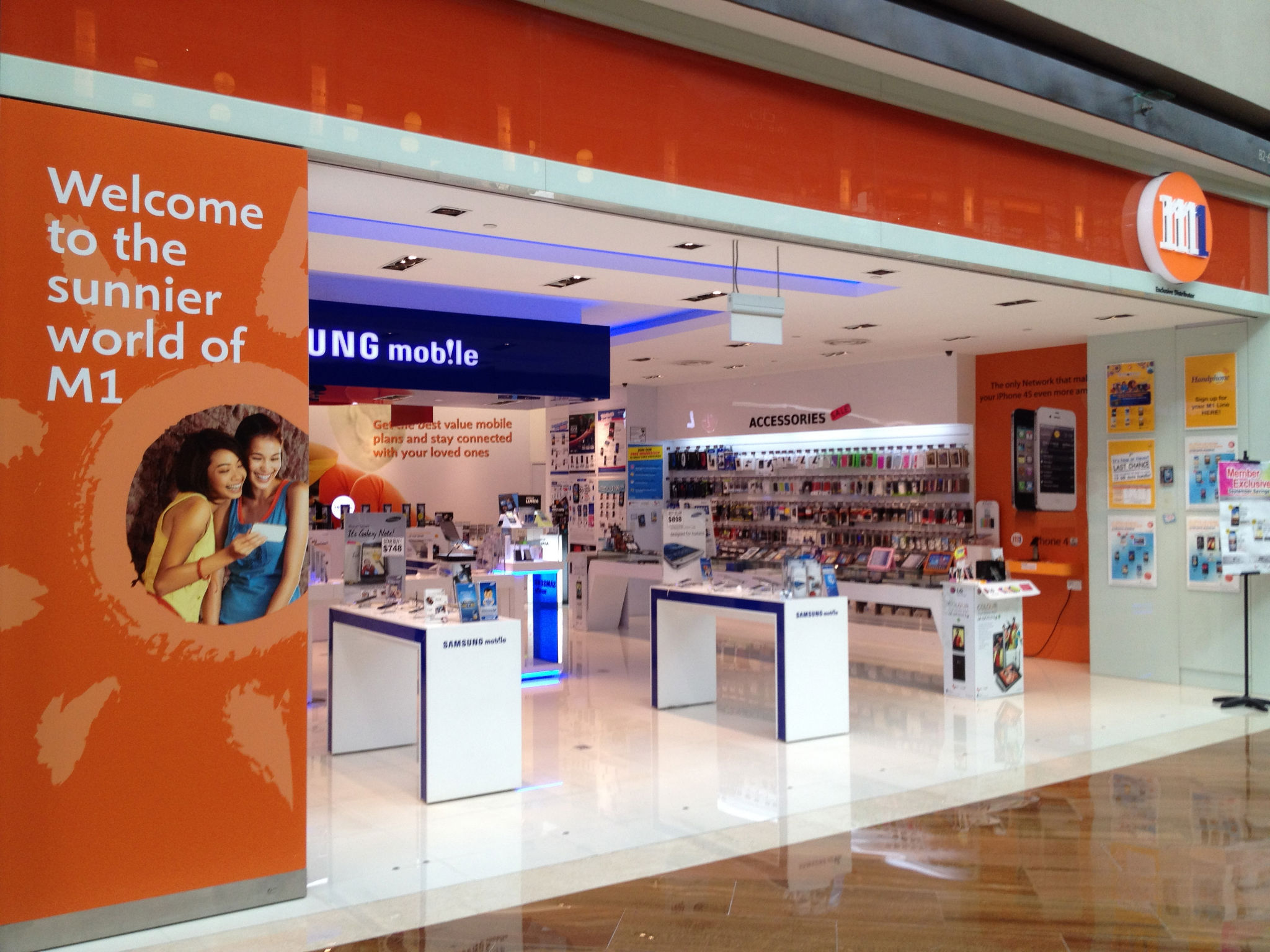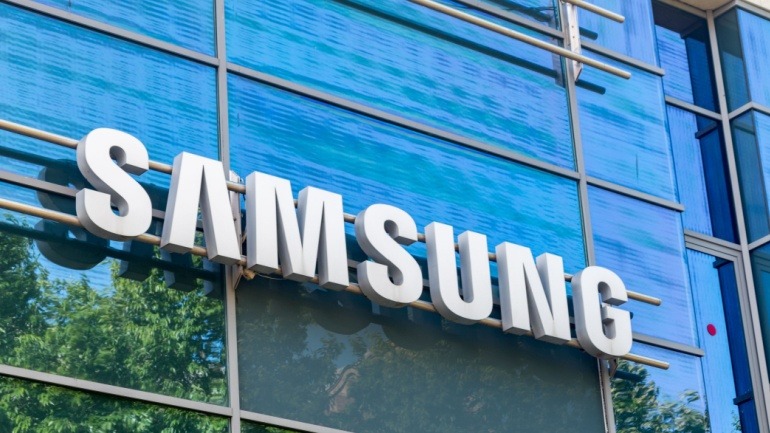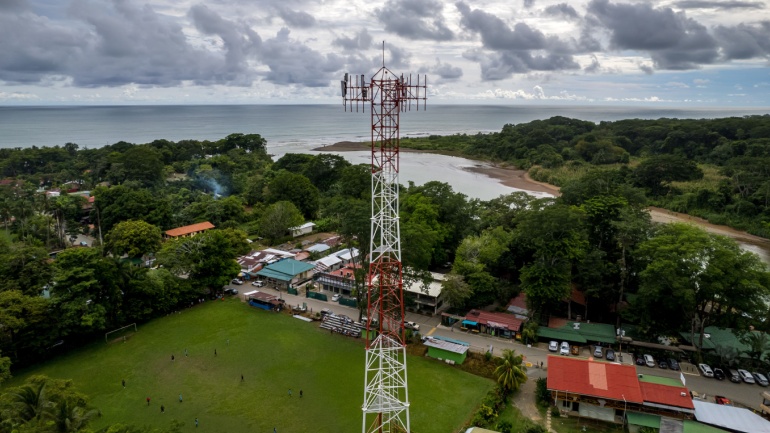After the successful release of its flagship P20 series, the Chinese equipment manufacturer Huawei is set to overtake Apple as the second largest global smartphone vendor in 2018. As of July, Huawei had already shipped 100 million devices, and is on track to ship a total of 200 million devices by the end of the year, notably exceeding the number of 153 million of their smartphones shipped in 2017. Huawei, one of the world’s leading network equipment manufacturers, entered the smartphone race quite recently, and is aggressively competing with Samsung and Apple. However, the company has already managed to grow their smartphone business by 51 times since 2010, which is a sound proof of Huawei’s exponential expansion and its dominant position in the market. In addition to being the number three smartphone manufacturer globally, Huawei also holds the top position in China and is now focused on expanding their sales…
M1 will start testing 5G small cells at the end of the year. Those trials will be conducted in partnership with the Finnish company, Nokia. The main goal of those tests will be to give informations on the best way to install 5G small cells for a commercial purpose in a “dense cell grid architecture” and to validate the efficiency of low-latency for the “Internet of Things”. Denis Seek, CTO of M1 stated, “The practical learning from early 5G field trial is critical for the success of developing high-performance and demand-driven 5G services for our customers in future and enables us to play a key role in Singapore’s Smart Nation initiatives.” If Nokia has been working with M1 on network trials since 2016, it won’t be the only company working with the operator. The Chinese tech giant Huawei will also run trials with M1 by testing the 28GHz mmWave spectrum…
The U.S. Congress is concerned about revelations of a deal that was made between Facebook and the Chinese device maker Huawei. Huawei is not the only device constructor to have a privilege access to data from Facebook, as Lenovo, Oppo and TCL are also on that list “Concerns about Huawei aren’t new – they were widely publicized beginning in 2012, when the House Permanent Select Committee on Intelligence released a well-read report on the close relationships between the Chinese Communist Party and equipment makers like Huawei,” said U.S. Senator Mark Warner. In an investigation done by the House Intelligence Committee, it was stated that “Huawei did not fully cooperate with the investigation and was unwilling to explain its relationship with the Chinese government or Chinese Communist Party, while credible evidence exists that it fails to comply with U.S. laws”. Moreover, the Chinese company has an history of collaboration with the…
Huawei, the Shenzhen based technology company, has announced the launch of a smartphone that will use the famous cryptocurrency. It will use BTC.com’s platform as a Bitcoin wallet on its smartphones. New devices coming out of Huawei factories will integrate Huawei AppGallery that will give access to the Bitcoin wallet. “Cryptocurrencies have recently expanded the human understanding of digital economy at a large scale … We expect to see massive growth in global cryptocurrency adoption habits in the near future,” said the vice president of Huawei Mobile Services, Dr. Jaime Gonzalo. Through the app, users will be able to buy products and services with Bitcoins. They will also have the possibility to follow cryptocurrency mining and get blockchain informations. It will also be an opportunity for Chinese customers to have a taste of cryptocurrency. So far, Google Play on Android and Apple’s App Store were not allowed by Chinese authorities…
SaskTel’s integration of Samsung’s cloud-native virtualized core revolutionizes its network infrastructure for a seamless transition to 5G. This innovative approach enhances agility, network efficiency, and automation, aligning SaskTel with the future of telecom. As SaskTel prepares for 5G standalone, expect remarkable improvements in speed and service delivery.
The radio access network market is stabilizing, offering a promising outlook after past downturns. While the RAN growth remains steady, the mobile core network shows impressive gains, especially with 5G developments. Companies like Ericsson and Nokia are key players, advancing telecom infrastructure with innovative VoIP solutions, paving the way for future growth.
The Radio Access Network market continues to thrive in 2025, with key players like Huawei, Ericsson, Nokia, ZTE, and Samsung steering the industry forward. The RAN sector is evolving through artificial intelligence and cloud-native technologies, especially in Asia-Pacific. Stay updated with the latest trends and insights in VoIP solutions.
The future of technology lies in embodied AI, a pivotal shift impacting industries beyond imagination. From autonomous vehicles to industrial robotics, this integration reshapes VoIP systems, highlighting seamless data interaction. Companies that harness this synergy will revolutionize VoIP capabilities, ensuring sustainable growth and competitive advantage in the connected world.
Costa Rica is ambitiously moving towards nationwide 5G network establishment. ICE, the telecom leader, has completed its tender and is reviewing proposals. This billion-dollar project seeks to elevate Costa Rica’s digital connectivity. ICE’s tender received global bids from giants like Nokia and Huawei, reflecting international confidence in its vision.
China Telecom’s recent financial performance highlights the importance of modern VoIP solutions in today’s competitive market environment. The company’s 5% net profit increase, driven by 5G adoption, reflects the growing demand for advanced digital transformation. As 5G subscribers reach 292.4 million, the extensive penetration underscores an increasing need for enhanced VoIP services.













